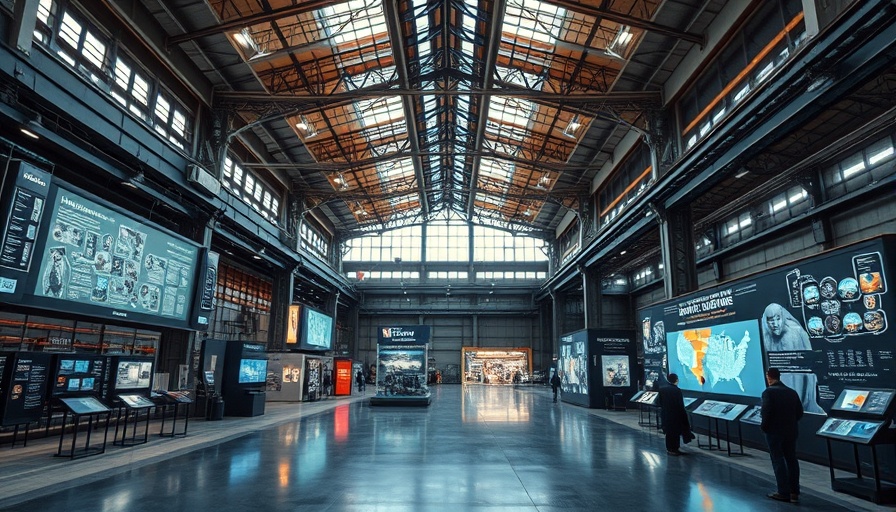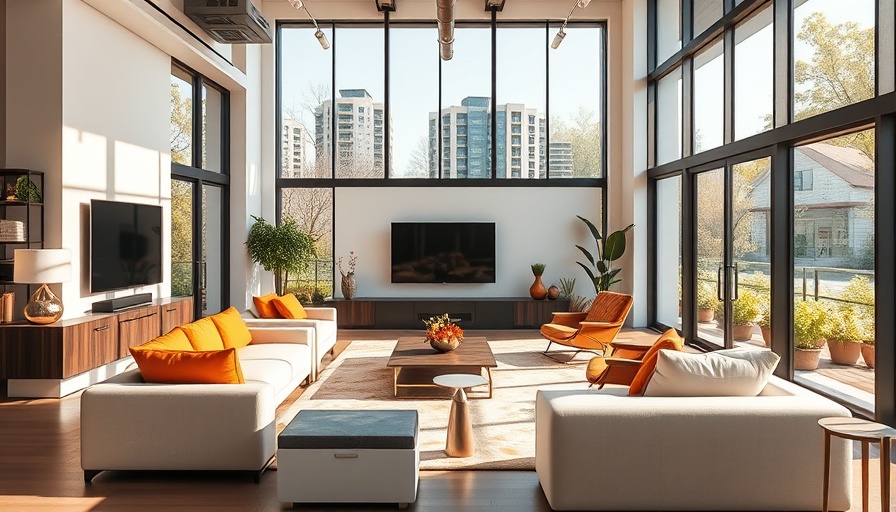
Innovative Design Approaches Redefining Art Exhibitions
In Taiwan, creativity intertwines with sustainability as artists and architects explore innovative design solutions. The recent Net Zero exhibition by Üroborus_studioLab serves as a remarkable example of how traditional design elements can be repurposed to support environmental goals. Instead of relying on temporary materials typical of exhibitions, this project emphasizes long-term sustainability, showcasing how art can educate about important issues like carbon reduction.
Transforming Waste into Art
One of the striking features of this exhibition is the creative use of ordinary materials. The team evaluated the waste generated by previous exhibitions and chose to highlight items like rental logistics pallets and reusable ratchet straps as central components of the display. Each piece, instead of becoming waste, is transformed into functional aspects of the exhibition—walls, floors, and even entire modular spaces. By utilizing these materials, the designers demonstrate a fresh perspective on waste, effectively challenging the notion of disposability in the environment.
Designing for Zero Waste
With the goal of achieving a net-zero carbon footprint, the exhibition showcases a new assembly method that negates the need for traditional fastening methods like nails or adhesives. All components are securely fastened using ratchet straps, which allows the entire setup to be quickly disassembled and relocated. This flexibility not only accommodates various exhibition needs but also underscores the practicality of sustainable design practices in the art industry.
More Than Just Art: A Cultural Shift
The ethos driving exhibitions like these extends beyond mere aesthetics; it reflects a cultural movement toward sustainability. By reimagining how art can interact with the environment, Taiwan is positioning itself as a leader in ecological innovation, providing a model that other regions can emulate. This approach encourages architects and contractors alike to consider the lifecycle of materials in their projects—meaning that exhibitors and audiences alike become more conscious of their environmental impact.
 Add Row
Add Row  Add
Add 

 Add Row
Add Row  Add Element
Add Element 






Write A Comment